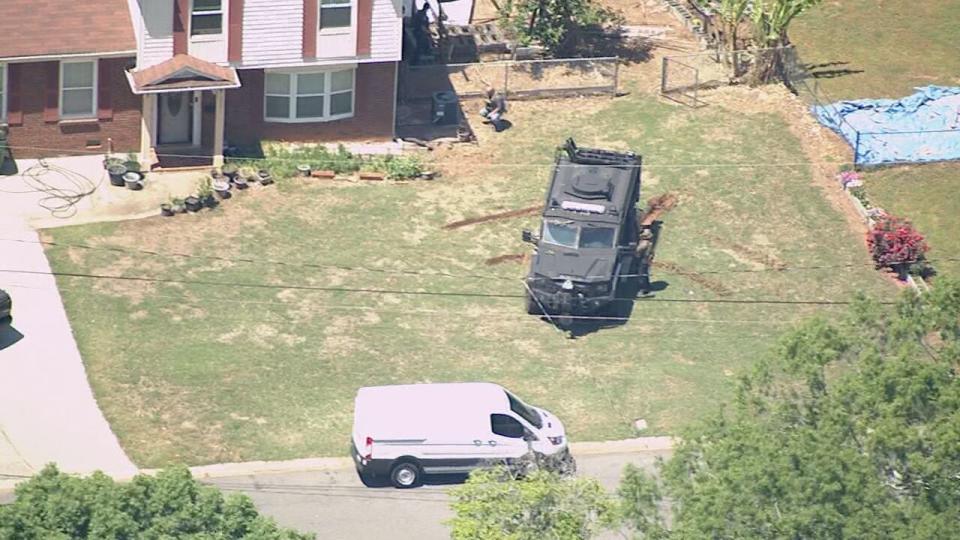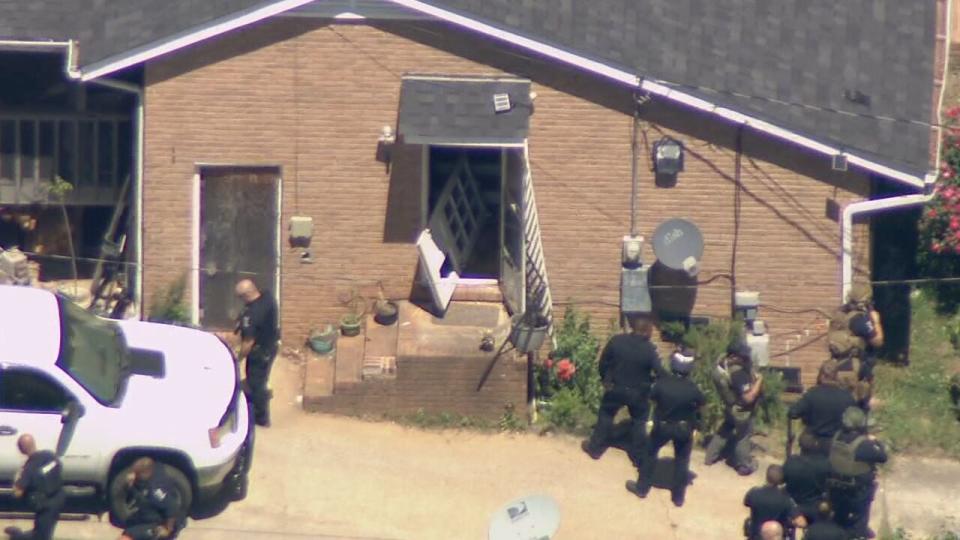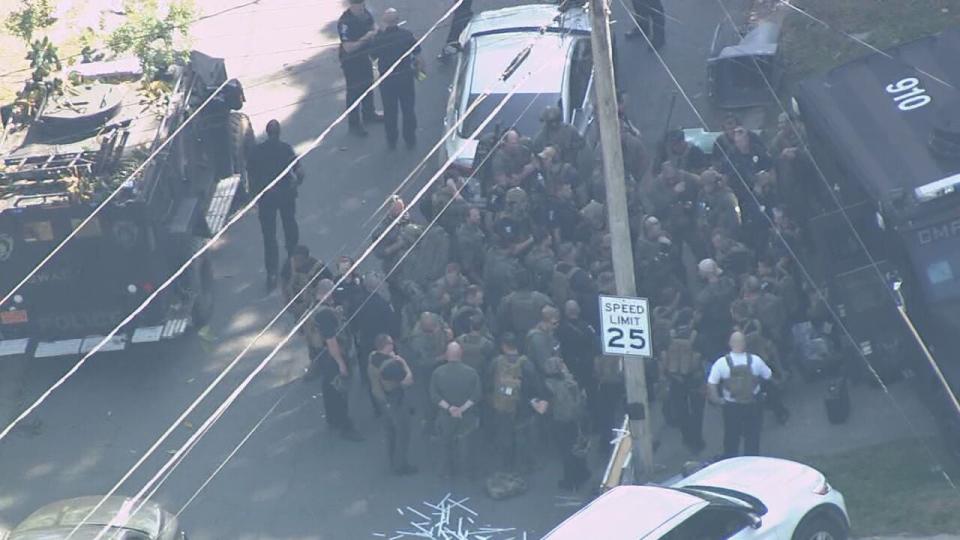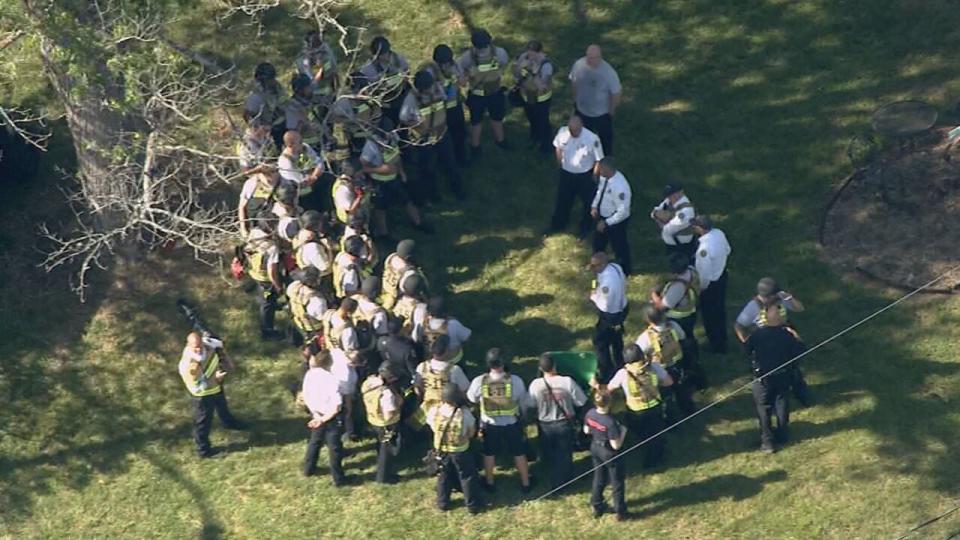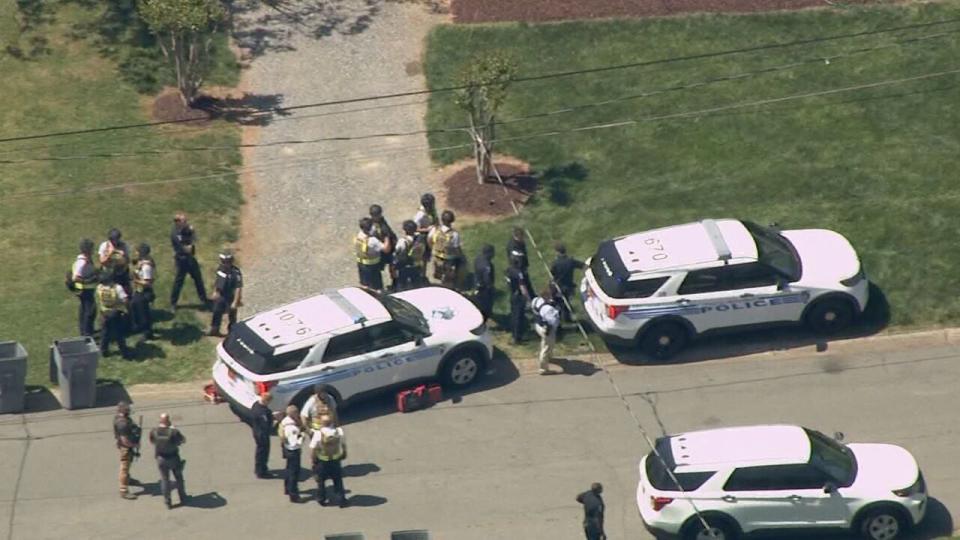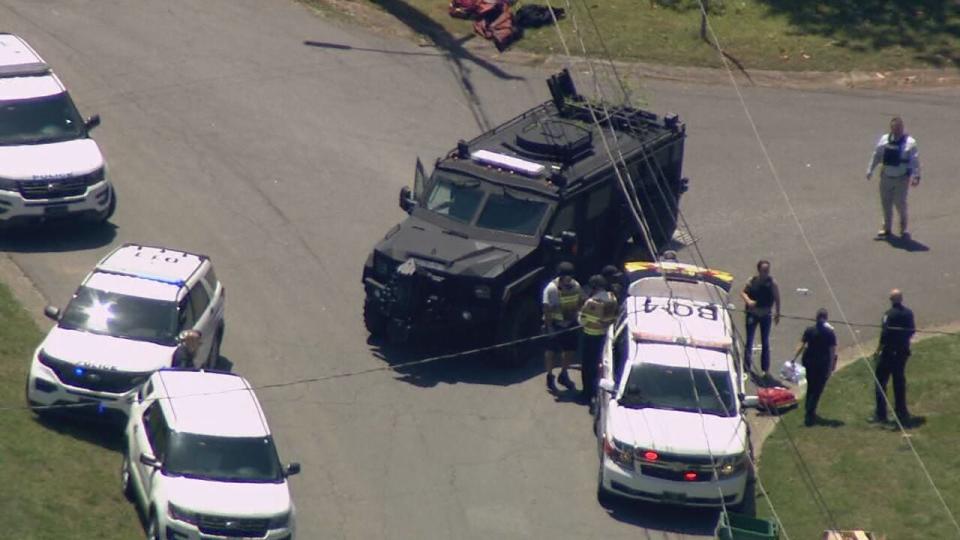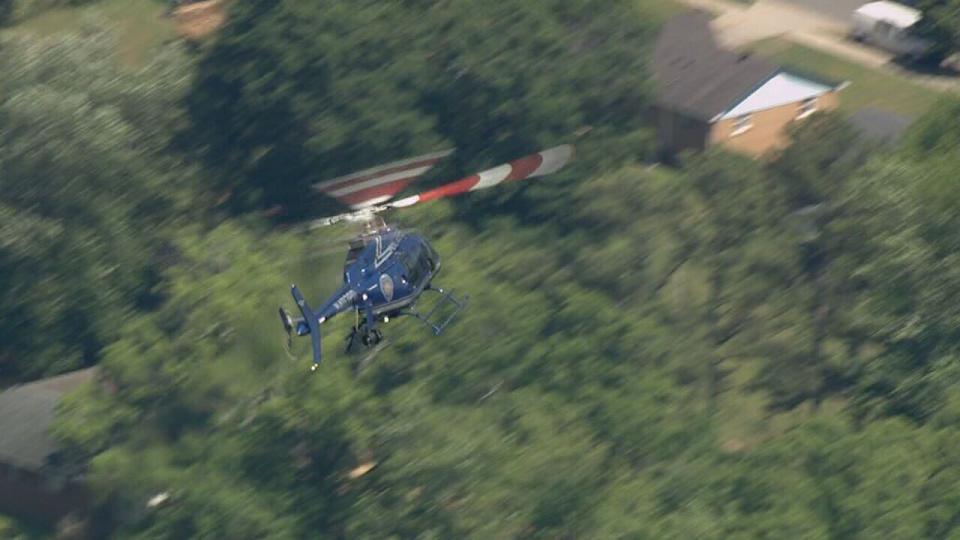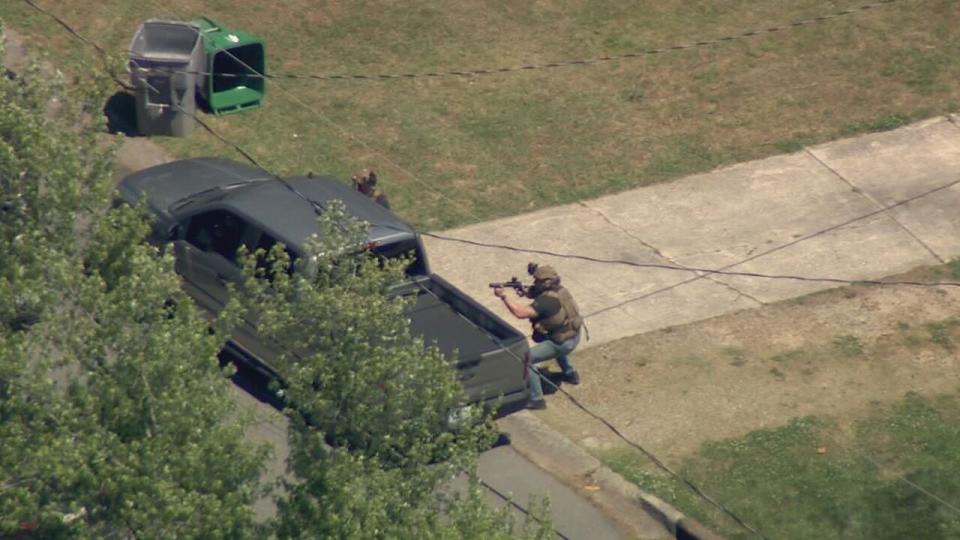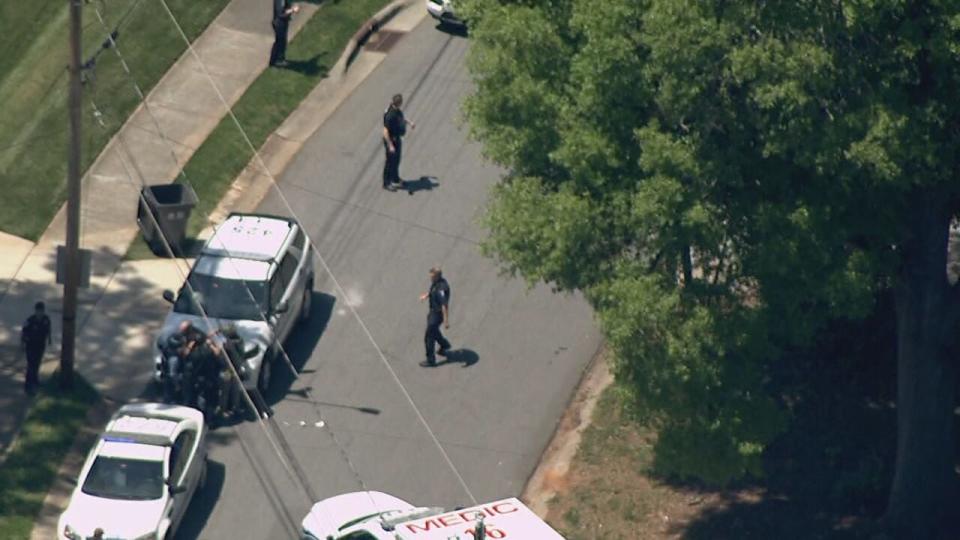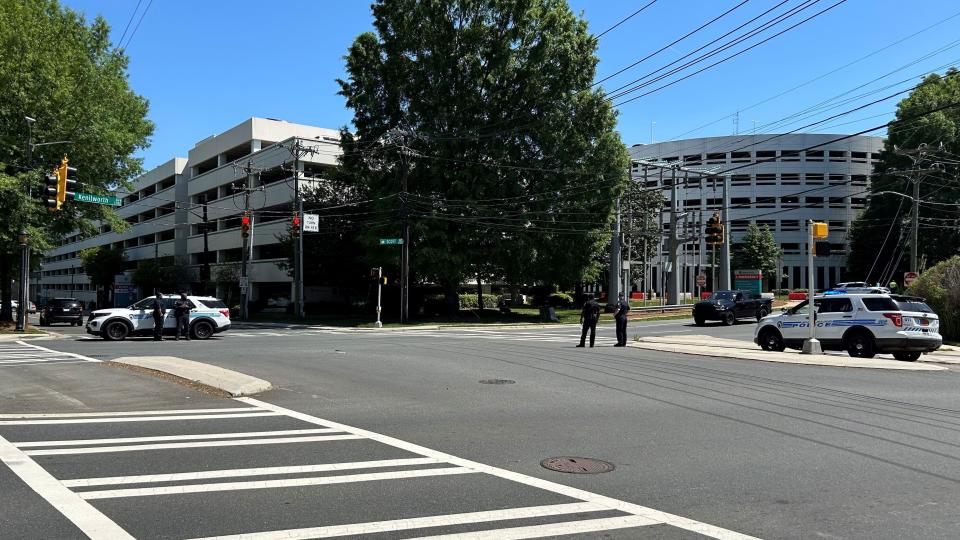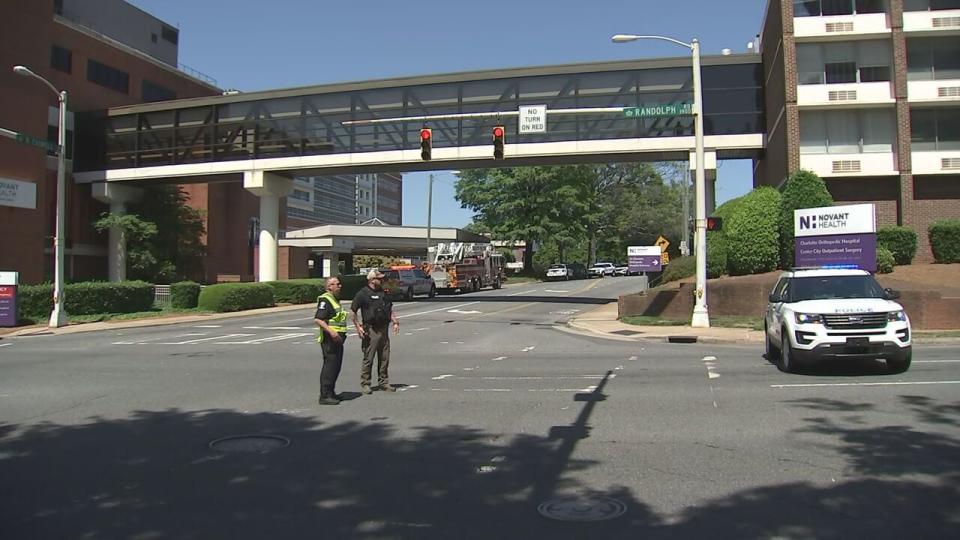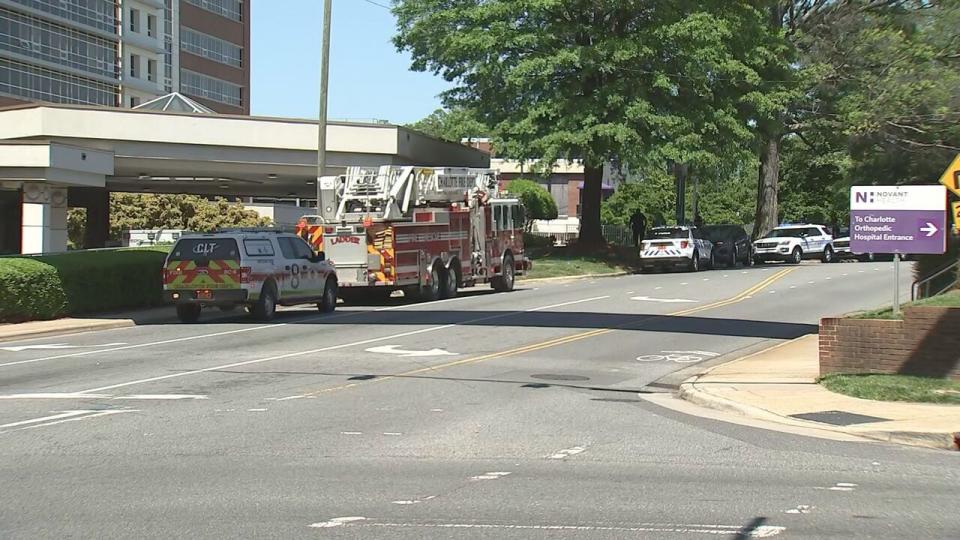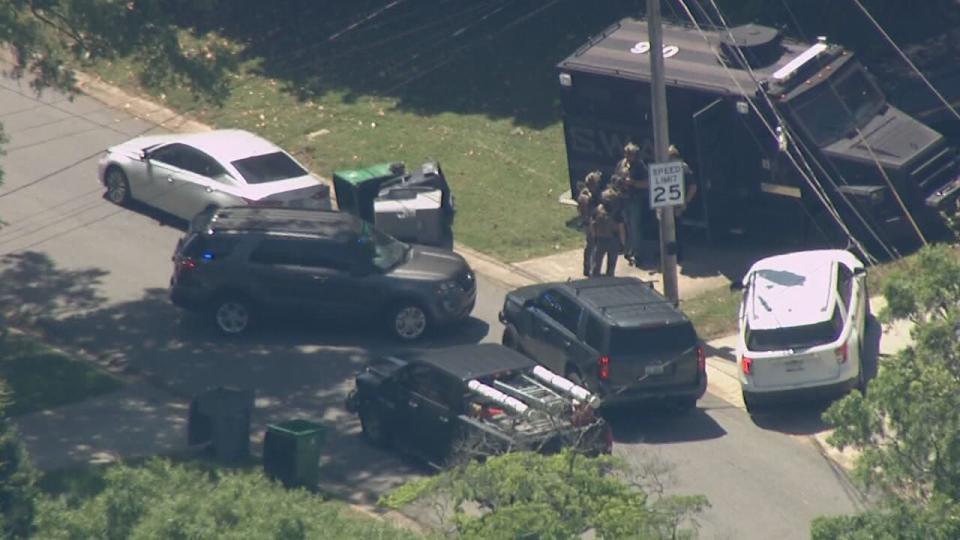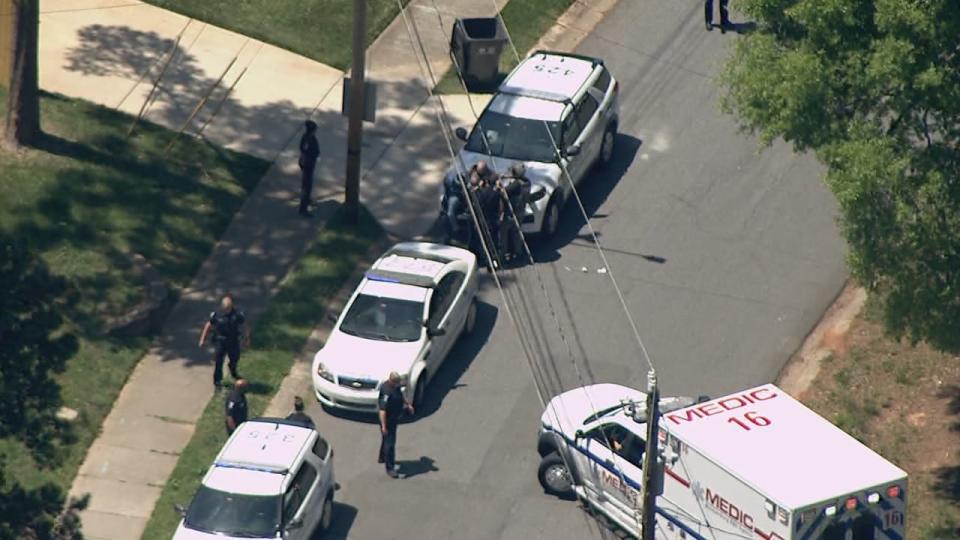CMPD chief discusses investigation into deadly east Charlotte standoff
Charlotte-Mecklenburg Police Chief Johnny Jennings visited the department’s North Tryon Division, which is the home base for officers who responded to Monday’s shooting.
Channel 9′s Erica Bryant talked to Jennings Wednesday about the standoff that killed four officers and put four more in the hospital.
There is still much investigation that needs to take place, and there is so much that they do not yet know, Jennings told Bryant.
Police not looking for any more suspects in deadly officer ambush
Jennings: “We’ve had witnesses that were interviewed, actually, that said, it seemed like it was about 30 minutes of gunfire. And that doesn’t seem too inaccurate to me, but just looking at some of the things that I’ve seen so far, there was really rapid gunfire, going for a very lengthy period of time. Something that I’ve never experienced in my career with CMPD.”
Bryant: “At this point, do you have any evidence to suggest that gunfire came from anywhere other than above on an upper level?”
Jennings: “I don’t have the answer to that. What I can tell you is the majority of the gunshots that that we are looking at came from the second floor of this house. And there was a time when the individual was on the ground outside of the house. So, we still have to iron through all of that.”
Bryant: “At one point, the officers were saying they felt bullets were coming from everywhere.”
Jennings: “Yes”
Bryant: “You talked about this suspect coming at them from a high vantage point. At this point, do you believe that Terry Hughes was the only individual firing at your officers?”
Jennings: “The officers felt like bullets were coming from everywhere. But there’s also a vantage point from the house, the front and the back. So, there are all kinds of possibilities. So, it’s really dangerous to really come out and ... I know I spoke a little prematurely on at the scene as far as possible two shooters, but it’s always possible. But we’re not going to rule that out just yet. But we’re also not going to conclude that there were two shooters.”
Bryant: “So at this time, you don’t have enough to make a final determination?”
Jennings: “That’s exactly right. And we want to make sure that we’re absolutely correct in that before we start making statements on that.”
Bryant: “Do you have anything to share about why this particular operation took place in the middle of the day?”
Jennings: “I’ve been asked that question. There’s really no good time to make an arrest, right? So. if there’s a lot of situations that determine ... I know that when you look at a team like the Fugitive Task Force with the U.S. Marshals, they gather intelligence information to determine when is the appropriate time or when can we expect this person to be at a certain location. So, all of that, without me knowing, is what I could probably anticipate that they felt like the best time to reach this individual was at that house at that time and location. So, I’m not going to second guess that.”
Bryant: “Can you share if weapons were found by his body? In the front?”
Jennings: “I can’t right now, no.”
Bryant: “We know that you shared that there was a 17-year-old female and another female that came out of that home. Where are they now? Are they still with CMPD? Are they in custody, what is their status?”
Jennings: “So we, on that day they came out, we interviewed them. They were cooperative with us in the investigation. They were released. So, at this point, we have a lot of evidence to get through. We have a lot of body-worn camera footage to look at. A lot of timelines to kind of figure out what happened and when. And as we continue to move forward with that, we’ll make those determinations of OK, are we looking for another shooter? Could it be just that one shooter and what really occurred on that day that happened? You know, just picture the scene and the trauma that these officers are going through that, as they’re telling their stories, it’s their perception of what happened. Sometimes that can differ from when you finally put everything together. Good example, you can have an officer that tells you, they fired two rounds, and then you look at the video or you look to round count, and they really fired 12. It’s not that they’re lying. It’s just that’s how their memory works when a traumatic event like this.”
The other two people inside the home were interviewed and their hands were tested for gunpowder residue.
Jennings: “At this time, we do not have any of the testing back. It will be several months before we receive it.”
READ MORE:
How you can support families of fallen officers after east Charlotte standoff
‘One of the greatest’: Friends mourn CMPD officer killed in east Charlotte shootout
Department of Adult Correction workers killed in Charlotte ambush
Officials identify Deputy US Marshal killed in east Charlotte shootout
Bryant: “You’ve also had those personal conversations with the spouses, seen the children of the loved ones who have lost their family members and those who are injured. What can you share about how they’re doing or what they’ve said?
Jennings: “It’s never easy, and you just want to give their space, but also offer condolences. And you see the officers that were shot, that whether they were deceased, or the ones that were injured, and just to see their family members, their kids, it brings everything to reality that brings the truth about this profession and what we signed up to do. And so just wanted them all to know that, hey, I’m here, and if you have anything you need, we’re going to be there for you. But we’re also going to give you your space to grieve, and to get through this and hopefully bring you some closure as soon as we possibly can.”
